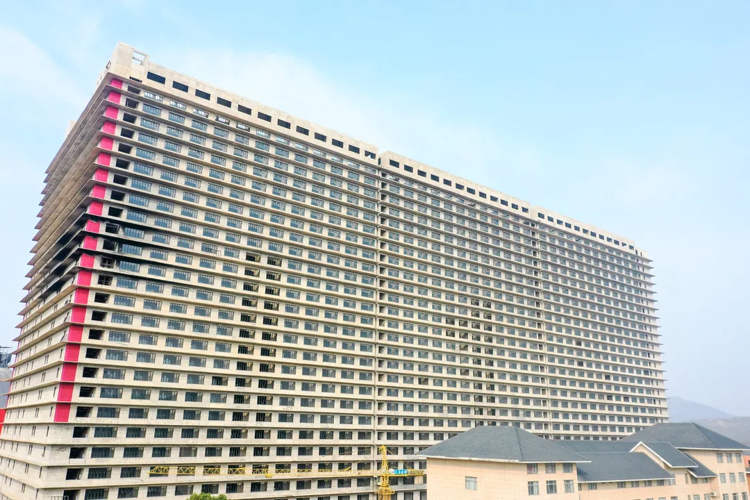There is a vacancy rate crisis in the middle of commercial real estate that has been festering and expanding since 2020. Some real estate “experts” have only discovered this issue in the last year and have come out with some Captain Obvious Reports in 2023 pointing it out.
Growing vacancy rates in commercial real estate, due to more people working-from-home on a permanent basis, has had more buildings losing occupancy rates and in turn, values for the last several years. I have a dozen articles on this shift since it began in 2020.
Here is a recent tweet from @TripleNetInvestor looking at the destruction of value on one building in San Francisco. This is happening to many buildings: (October 30th
A historic building leased by Paypal is being sold for roughly $73 million CBRE Global investors acquired 123 Townsend for $140 million in July 2020 That’s a 50% discount in just 3 years This discount comes in spite of long-term income – PayPal’s lease expires in 2028 – and the seller reportedly offering attractive seller financing terms.
Other tweets focus on other buildings that are losing value and investors are walking away from them:
@BuySellBA
Believe it baby. Hilton Hotel – largest hotel in SF turned in their keys a few months ago. Many others quietly doing the same. ARM’s reset in 2024 and 2025 and they are f*cked.
@Stevegarthwaite
October 30th – What’s insane is that CBRE thought they were stealing the building in 2020 in the middle of Covid. Any asset aside from office and they’d be in the money on that bet right now.
Commercial real estate is being if with what I call “the Reverse of Musical Chairs”. More and more space is becoming available to less-and-less demand.
Some real estate experts have discussed the idea of “repurposing” buildings that have chronic vacancy issues. “If it is a commercial building, repurpose it to becoming a residential building.” You hear that a lot lately. That is their “go-to” solution.
That sounds good for a minute, but the reality is, how many buildings can you actually switch to residential until that idea plays out to becoming too saturated for a downtown area?
You might as well tell them to do a UPF transition to their building. What is a UPF? UPF stands for Urban Pig Farm. You raise pigs for slaughter in a building that looks very much like a commercial building in a downtown area. Great idea. Great payback. But again, how many UPFs can you build or repurpose until you have flooded the market?
Do UPFs sound like some Fantasy Land solution? Absolutely not. In fact, they are real building developments in China where producing meat is a huge concern. You can have a building that looks like a typical commercial building in the middle of downtown and instead of offices, you could be managing 600,000 head of pigs.
With more farmland being bought up across the country in the United States, an urban pig farm (UPF) sounds like a great idea.
In China, they already have several of these buildings and they house over 600,000 hogs. The largest Pig Hotel building being built for this purpose is going to be 26-stories high.
WHAT IS THE REAL SOLUTION?
If you look at downtown landscapes and office space, you realize you can only develop one UPF. You can only have one 20-story Pork Place and not several on the Boardwalk.
If you really think things out, you come to the same conclusion when it comes to other repurposing ideas. A U-Store-It facility? Great idea, but how many can you build next to one another before no one makes money? Same with repurposing buildings that are half vacant.
New residential building? Last time I looked, most people were trying to move out of downtown areas with few wanting to move in. So much for “repurposing to new residential buildings” as their commercial space becomes more vacant daily.
Real improvements are needed for buildings which have been technologically obsolete for years when it comes to tenants who need a solid foundation of intelligent infrastructure for their mission critical applications. Intelligent Infrastructure supports redundant power and broadband connectivity.
You cannot have technologically obsolete buildings in your downtown area, and then claim, “We are a Smart City and want your business to locate here.”
Many cities also have rampant crime adding more problems to deal with in promoting a downtown area and trying to lease up buildings. Not a good “extra ingredient” in the recipe of a Downtown Downward Spiral. Time to change the cooks in the kitchen, if you want to start making bread again.


